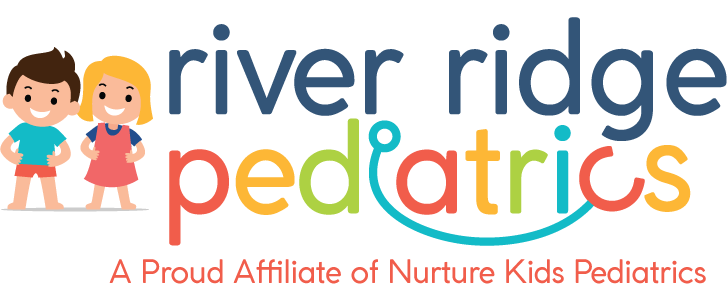Children Are Not Hummingbirds: Stop Giving Them Sugary Drinks
Children Are Not Hummingbirds: Stop Giving Them Sugary Drinks
The childhood obesity epidemic in the United States does not have a single cause. Rather, there are a variety of factors that contribute to the increasing number of overweight or obese children. But one place we can surely point the finger of blame is toward the number of sugary drinks children consume.
Many of overweight kids drink more calories in a day than a child that age should eat. So even when their parents feed them nutritious meals in sensible portions, these children keep gaining weight. The calories going into a child’s body should be used as energy to power her through the day and as energy to help the body grow toward adulthood. Sugary drinks provide more calories than a child’s body can use. The excess makes the child go on a “sugar high,” and the remainder is stored in fat.
A 12-ounce can of regular soda contains approximately 40 grams of sugar. If one were to fill a glass with soda and a second glass to the same level with water, he would add not one, not two … but ten teaspoons of sugar to the water.
There are ten teaspoons of sugar in every 12 ounces of soda
The only creatures who need that much sugar are hummingbirds. It’s no wonder that children who eat too much sugar suffer from behavioral problems. Their little bodies are trying to flutter away all that excess energy, the way hummingbirds do.
Do your child and their teachers a favor and only send water or milk to school in their home made school lunches. A healthy, balanced lunch with a thermos of water or milk will give your child the nutritious they need during school to help them learn and keep them calmer during the afternoon hours at school. Remember, lunches from the school cafeteria may meet federal minimum guidelines but they often contain high fat, high sodium, high sugar, and low quality ingredients.
Fruit juice has too much sugar, too
Soda is not the only culprit. Fruit juice should be drunk in moderation, as well. Even 100% juice with “no sugar added” has more sugar in one glass than a child should consume. The difference is only the type of sugar – natural versus high fructose corn syrup – but both sugars are full of calories. Parents should read the label before purchasing a bottle of fruit juice. The number of grams of sugar is almost as high as regular soda, and the number of calories may be even higher.
Fruit juice does provide some vitamins, but the American Academy of Pediatrics recommends no more than 4-6 ounces of fruit juice for children aged 1-6, and no juice at all for infants under the age of 6 months. Providing your child with only water and milk as their choices for drinks is my recommendation. Instead offer your child a piece of fruit, which helps them get the fiber and other nutrients their bodies need, in addition to the same vitamins they would have received from the juice.

 Next Post
Next Post



